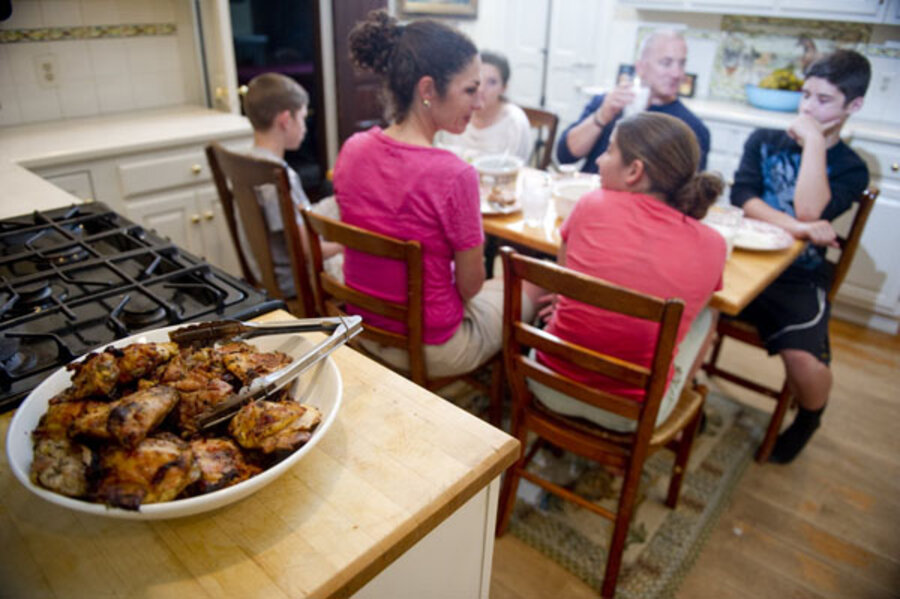For a child to be truly grateful, researchers have found, he or she needs to understand that someone intentionally bestowed some benefit on him (whether that’s a new toy or a cooked meal or homework help from Mom), and that the act involved some cost to the giver (i.e., Mom really could have done something else with that hour she spent working on math problems).
This one might sound tricky to parents. It seems like a bit of a downer to start lecturing about how hard Grandma and Grandpa worked during their lives to now have the money to buy a new winter coat for Junior. (And they walked uphill to school both ways!) But there are ways to point out to your kid that others have, in fact, gone out of their way to help her. (“Wow, it’s really great that Nana came to visit you this weekend. I know she had to take a couple days off work, which is challenging for her, so she must really love us.”) Gratitude, as Prof. Robert Emmons, a University of California, Davis psychologist and leading researcher on gratitude, has written, is both the affirmation of goodness in the world and the process of figuring out where that goodness originates. Recognizing that other people are making an effort to bring good to us is at the heart of gratitude.








